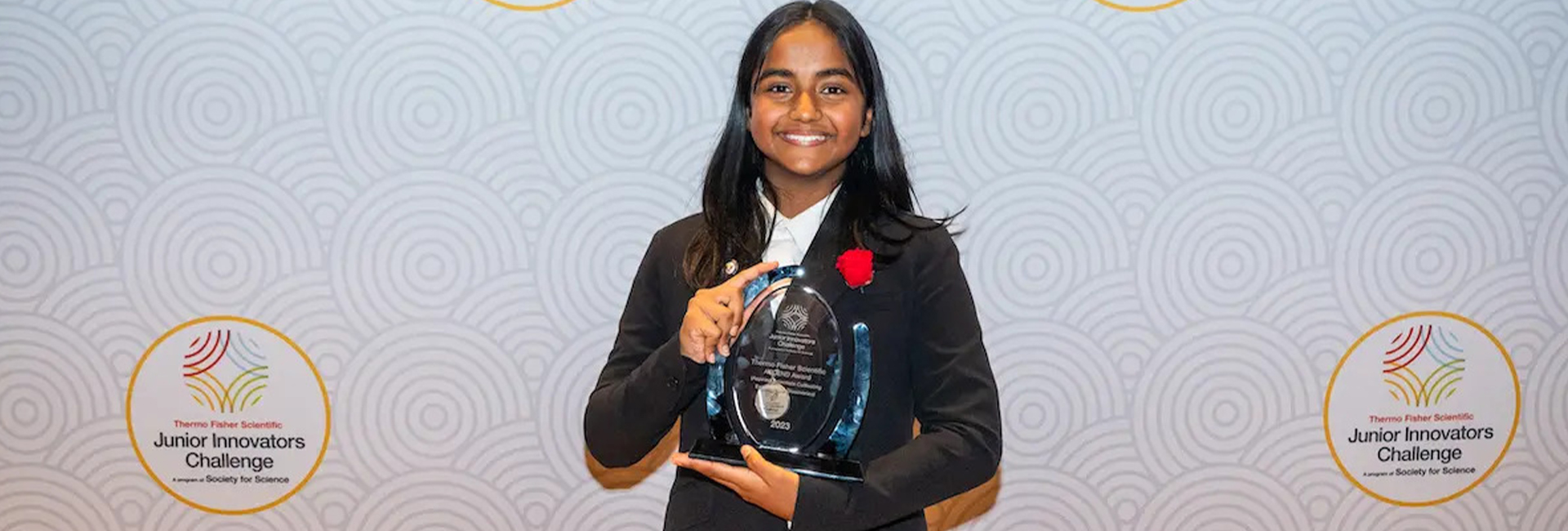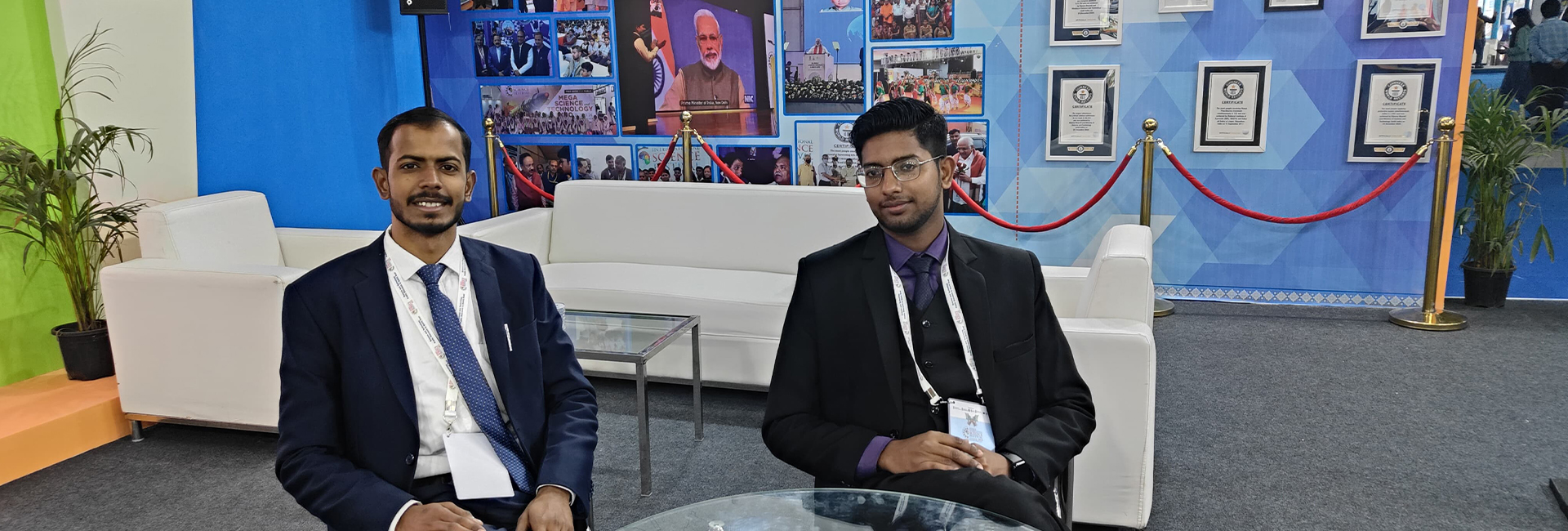(August 31, 2024) “When I learned I was on TIME’s Kid of The Year Honoree List, I was initially stunned. It took a moment for the news to sink in, and then I felt a mix of excitement and gratitude,” says Shanya Gill, the 13-year-old innovator from San Jose in California, who has invented a rapid-fire detection device. She is among the five youngsters who made it to the list of honorees who are already considering how they can inspire and guide the next generation of exceptional young people. “This recognition is incredibly meaningful to me. It’s an honour I hadn’t anticipated, and it’s certainly a memorable moment in my journey,” she tells Global Indian.
This year Fairfax-based Heman Bekele was named TIME’s Kid of the Year for inventing a soap that could one day treat and even prevent multiple forms of skin cancer. On the other hand, five young guns made it to the Honoree list, including Dom Pecora, Madhvi Chittoor, Jordan Sucato, Keivonn Woodard, and Shanya Gill. “Saving lives with science is something that drives my passion for science every day and seeing more examples from my peers gives me more encouragement,” adds the teen.
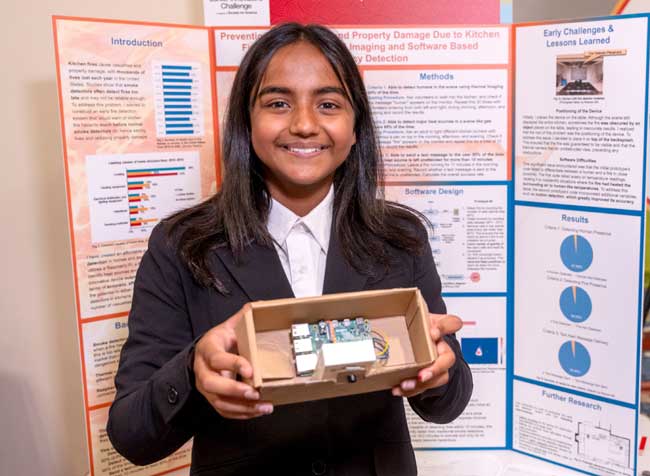
Finding inspiration
In 2022, Shanya was deeply unsettled when a fire reduced the restaurant behind her home to ashes. Despite a smoke detector, the restaurant officials couldn’t raise the alarm until significant damage had already occurred. The incident left a profound impact on Shanya who was inspired to develop a rapid-fire detection device that alerts users to potential fires before they even ignite.
This innovative invention earned her the prestigious Thermo Fisher Scientific ASCEND Award, and now a spot in the TIME’s Kid of The Year Honoree List. “It’s a testament to the effort and time I’ve invested in my projects, and it’s encouraging to see that work resonate with others,” says the Indian-American teen, adding, “More than personal validation, I see it as an opportunity to inspire other young people to pursue their ideas and make a difference.”
As young as 12, she undertook the journey to come up with a solution that’s more effective than a smoke alarm. What sets Shanya’s fire detection device apart from traditional smoke alarms is that while smoke detectors activate only when smoke is already present, often signalling a fire at a more advanced and hazardous stage, her system uses code and a thermal camera to identify unattended fires much earlier in their development.
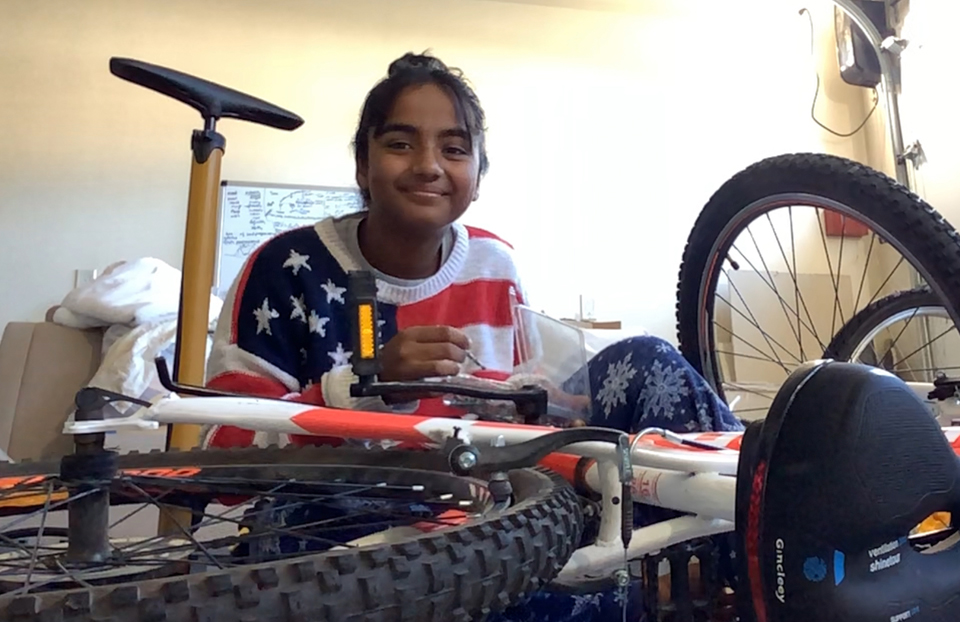

A STEM lover, Shanya’s passion for science and technology deepened through her involvement in regional science fairs, where she merged her interests in coding and building. With her parents – a doctor and a computer scientist – the wind beneath her wings, she found encouragement to pursue her endeavours in the space of science. However, it was the fire at a nearby restaurant that pushed her to seek a real-world solution. Realising that smoke detectors weren’t as dependable as she had believed, she turned to thermal cameras to find a better answer. Explaining the process behind the fire-detection device, she says, “The device uses temperature and motion(seeing how a part of an image changes temperature) to detect fires and humans, therefore allowing the device to know whether there is a human and a fire in a scene (attended fire) or just a fire in a scene(unattended fire).”
The future plan
Harbouring plans of putting the device on the marketplace for long, she has decided to make the intellectual property public so that “the whole world can build upon it.” She has spent the past few months developing vision language models (LLMs) capable of analyzing infrared (IR) scenes and providing detailed analyses. “I’m currently using this technology in my home,” she says, adding that she is excited to present this AI model at the International Association of Fire Chiefs Tech Summit and be recognised at the US Fire Administration Summit.
In this short span, she has created Early Fire Alert Inc., a non-profit to facilitate funding and development. This will allow me to receive funding from potential supporters I’ll be meeting at these conferences. “The future looks very promising for this project, and I’m thrilled about its potential impact on fire safety,” says the Boston-born teenager, who has been acknowledged by TIME magazine.
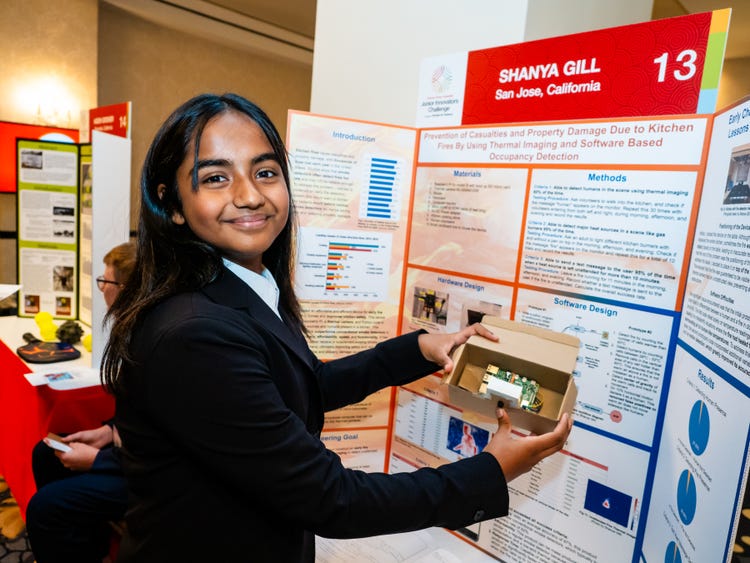

“Being recognised by TIME reinforces my commitment to using technology and innovation to address real-world challenges. It’s a reminder that age isn’t a barrier to making meaningful contributions,” says the champion swimmer. The acknowledgment inspires her to keep pursuing new ideas, learn from both successes and challenges and work with others to develop solutions that can benefit society.
The eighth grader at Miller Middle School is keen to take her device to a wider audience as she envisions a bright future for it. “With further enhancements and advancements, I believe it has the potential to revolutionise fire detection systems. The goal is to make it more accessible and widely used to enhance safety measures globally,” she signs off.
- Follow Shanya Gill on LinkedIn

